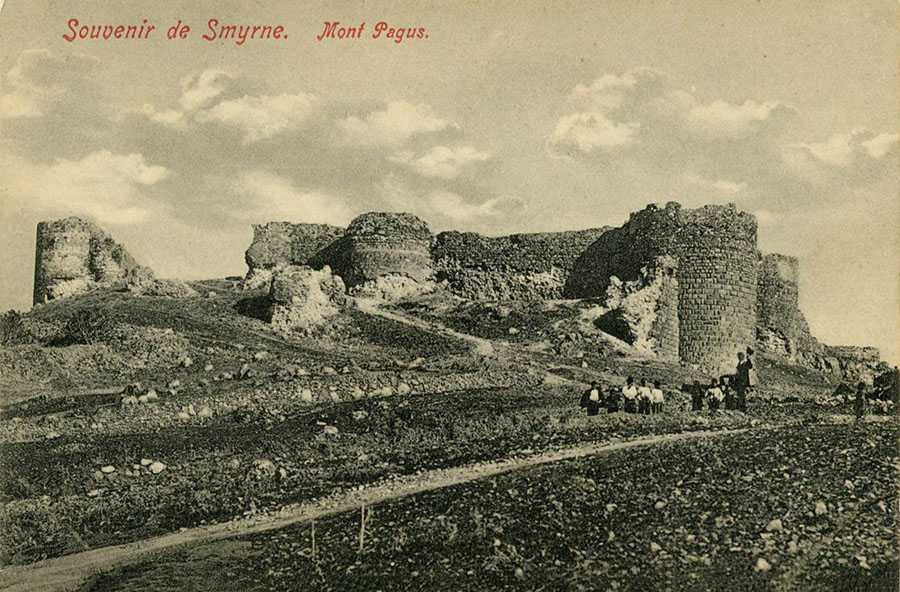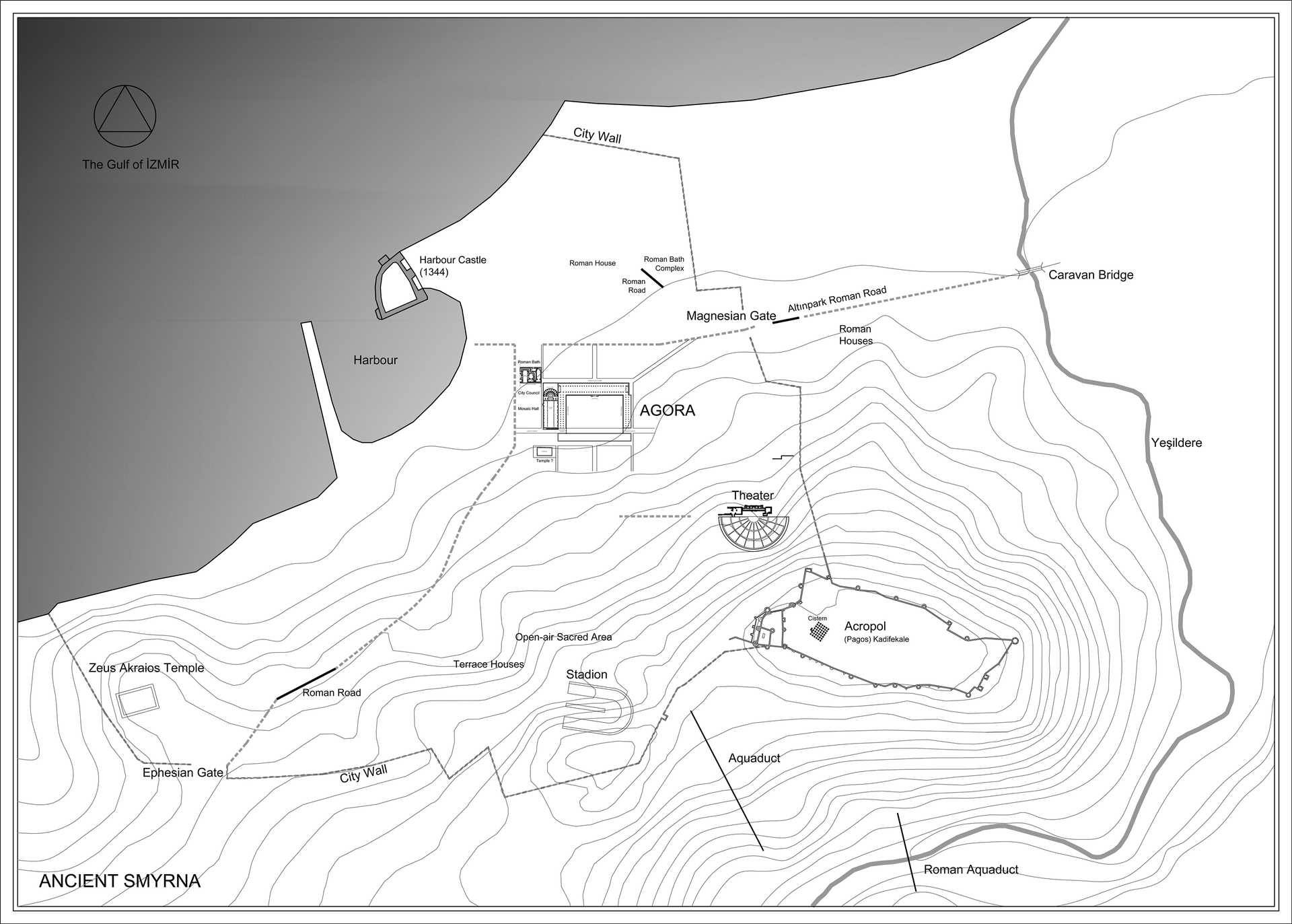The Ancient City of Smyrna
Smyrna, which could not fit into its old settlement area in Bayraklı and was moved to a new location during the Hellenistic Period, will rapidly develop and turn into a major trading city, entering its brightest period during the Roman Imperial Age. The remains of the ancient city of Smyrna, which was a large Roman city stretching from Kadifekale to Konak, from Eşrefpaşa to Halkapınar in the 2nd century AD, can be seen in the Çankaya district of Konak.
Reestablishment of the City
The Dream of Alexander the Great
The people of Izmir, who will settle on the slopes of the Pagos Hill (Kadifekale) located by the Sacred Meles River, will be four times happier than before. This prophecy, which led to the reconstruction of Izmir along the Kadifekale-Kemeraltı axis in the late 4th century BC, was taken after a dream of Alexander the Great. According to the account of the ancient writer Pausanias, Alexander the Great, exhausted while hunting in the Sacred Grove of Nemesis, fell asleep under a tall plane tree. In his dream, he saw two Nemeses, who told Alexander the Great to rebuild the city on the Pagos Hill where he fell asleep. Following this, Alexander the Great consulted the meaning of his dream at the Apollo Clarios Sacred Grove (Ahmetbeyli Village, Izmir), one of the most famous prophecy centers of the time. The giving of the aforementioned prophecy facilitated the establishment of a new city on the slopes of Pagos. After Alexander the Great left Izmir, the city was rebuilt in its new location at the foot of Kadifekale by his commanders, first by Antigonus Monophthalmus and then by Lysimachus. Smyrna, after its reestablishment, would compete with the famous cities of Western Anatolia such as Ephesus (Efes) and Pergamon (Bergama) in the following centuries, surpassing them in wealth and size during the Late Roman Period.
Reestablishment of the City
Lysimakhos and Eurydikeia
With the relocation of the city to the slopes of Pagos, many construction activities were observed in the new Izmir. Construction of monumental public buildings such as city walls, harbor facilities, and temples began. Playing an important role in the city’s construction activities, King Lysimachus of Macedonia, in line with the tradition of giving the names of dynasty family members to cities, changed the name of the city known as Ephesus for centuries, which was reestablished with the same name in its new location, to Arsinoeia after his wife, and similarly changed the name of Izmir, known as Smyrna for thousands of years, to Eurydiceia after his daughter. However, this change could not cover up deep-rooted traditions, and with the death of the king, both Ephesus and Smyrna returned to their old names.
Reestablishment of the City
Smyrna in the Roman Period
With the Hellenistic Period, Smyrna became one of the most prestigious Greek cities. Described by the geographer Strabo as “Now it is the most beautiful of all cities,” Smyrna owed its charm to its architectural structures and city plan it possessed. (Smyrna Ancient City Excavation Directorate)






